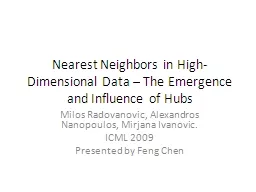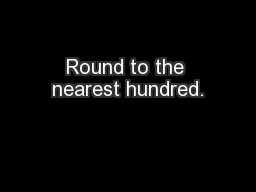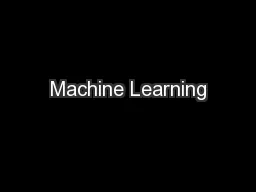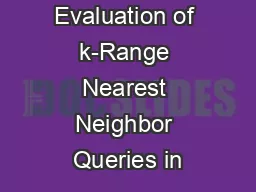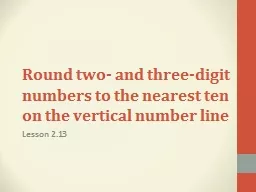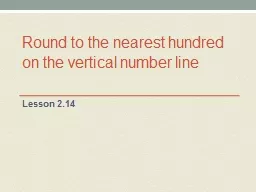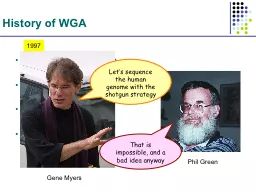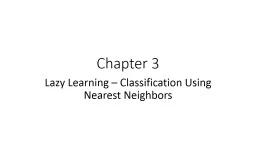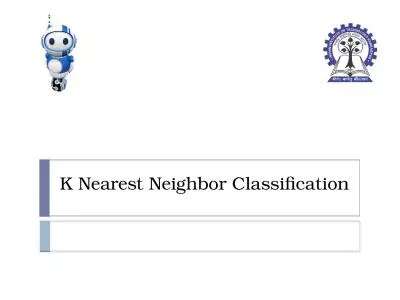PPT-Nearest Neighbors in High-Dimensional Data – The Emergenc
Author : trish-goza | Published Date : 2016-05-08
Milos Radovanovic Alexandros Nanopoulos Mirjana Ivanovic ICML 2009 Presented by Feng Chen Outline The Emergence of Hubs Skewness in Simulated Data Skewness
Presentation Embed Code
Download Presentation
Download Presentation The PPT/PDF document "Nearest Neighbors in High-Dimensional Da..." is the property of its rightful owner. Permission is granted to download and print the materials on this website for personal, non-commercial use only, and to display it on your personal computer provided you do not modify the materials and that you retain all copyright notices contained in the materials. By downloading content from our website, you accept the terms of this agreement.
Nearest Neighbors in High-Dimensional Data – The Emergenc: Transcript
Download Rules Of Document
"Nearest Neighbors in High-Dimensional Data – The Emergenc"The content belongs to its owner. You may download and print it for personal use, without modification, and keep all copyright notices. By downloading, you agree to these terms.
Related Documents

